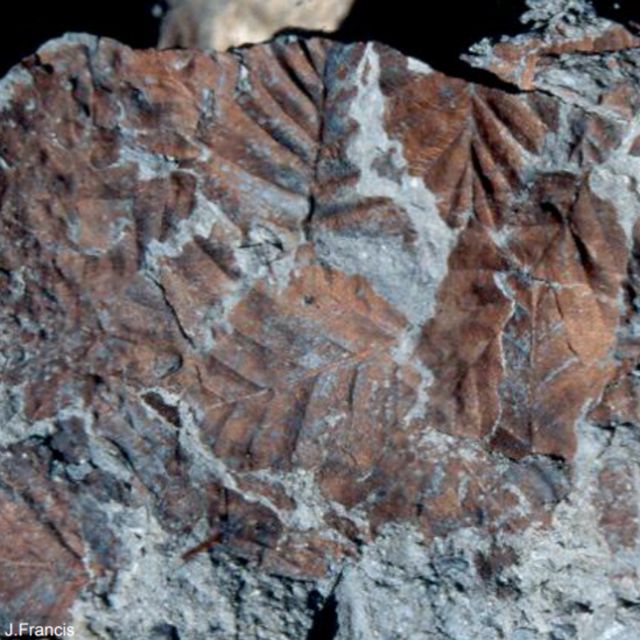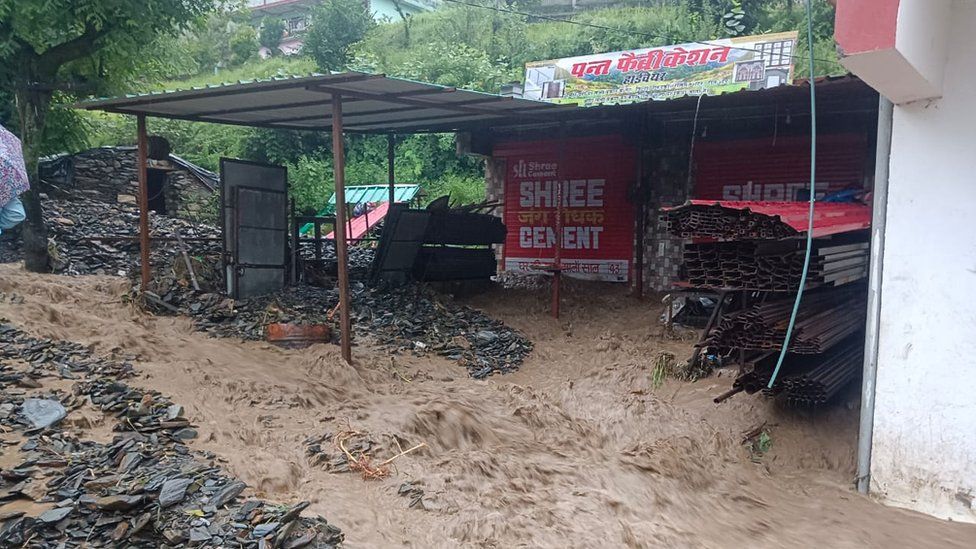Cambio climático: cómo era la Tierra cuando había tanto CO2 en la atmósfera como ahora
- Redacción
- BBC Mundo https://www.bbc.com/mundo/noticias-50563893
"Los datos son desoladores", señala el informe de este martes de Naciones Unidas.
Los países deben quintuplicar sus compromisos de reducción de emisiones de CO2, uno de los principales gases de efecto invernadero, si se quiere evitar un calentamiento mayor de 1,5 grados respecto a la era preindustrial.
Ésa es una de las conclusiones del nuevo informe de ONU-Medio Ambiente sobre "disparidad de emisiones", la comparación entre los niveles actuales de emisiones de gases de invernadero y los niveles admisibles para evitar los efectos más catastróficos del calentamiento global.
Aun si los países cumplieran sus compromisos delineados tras el Acuerdo de París, el mundo va camino a un calentamiento de al menos tres grados si no hay cambios drásticos y se reducen las emisiones en un 7,6% cada año durante la próxima década. La temperatura ya amentó un grado a nivel global respecto a la era preindustrial (cerca del año 1780).
El reporte se suma a otro publicado el lunes por la Organización Meteorológica Mundial (OMM) sobre un nuevo récord en las concentraciones de gases de invernadero en la atmósfera.
Desde la era preindustrial, cuando los niveles de CO2 eran de 228 partes por millón o ppm, las concentraciones promedio alcanzaron en 2018 un nivel de 407,8 ppm. El año anterior el nivel fue de 405,5 ppm.
El secretario general de la OMM, Peteri Taalas, recordó que "la última vez que la Tierra experimentó concentraciones de CO2 comparables a las actuales" fue hace millones de años, cuando el nivel del mar alcanzó niveles que pondrían hoy en peligro a todas las ciudades costeras del planeta.
Estos fósiles de hojas de hayas revelan cómo eran los bosques cerca del Polo Sur durante el Plioceno.
¿Qué lecciones alberga ese pasado geológico para nuestro futuro?
"El mar era 20 metros más alto que ahora"
Las concentraciones de CO2 fueron comparables a las actuales, de unos 400 ppm, "durante el Plioceno, hace entre 5 y 3,5 millones de años aproximadamente", explicó a BBC Mundo Martin Siegert, experto en geofísica y cambio climático de Imperial College en Londres.
No se trató de un momento sino de un proceso de cientos de miles de años, "pero en cierto punto durante el Plioceno la temperatura fue 4 grados centígrados superior a la actual y el nivel del mar llegó a ser 20 metros más alto que ahora".
Fósiles de árboles hallados en la Antártica demuestran que durante el Plioceno había bosques de hayas(Nothofagus beardmorensis) cerca del Polo Sur.
Y se había perdido el hielo en Groenlandia y en gran parte del oeste y este de la Antártica.
Estas rocas en las que se hallaron fósiles de árboles del Plioceno están a solo 500 km del Polo Sur.
Pero las concentraciones del Plioceno representaron una reducción de un nivel mucho mayor.
Siegert señaló que hace 55 millones de años las concentraciones de CO2 alcanzaron más de 1000 partes por millón, lo que fue producto fundamentalmente de gases emitidos por la actividad volcánica.
A partir de ese momento el carbono en la atmósfera comenzó a bajar a lo largo de millones de años debido a procesos naturales, lo que explica por qué en la era preindustrial los niveles eran de 280 ppm.
La reducción se debió a que el carbono en la atmósfera fue extraído gradualmente por plantas y animales, y luego enterrado.
"Los organismos marinos que mueren caen al fondo del mar y son enterrados con el carbono que contienen. Recordemos que todos los árboles formaron depósitos de carbón y los organismos marinos formaron reservas de petróleo y gas", afirmó Siegert.
"Y lo que hemos estado haciendo en los últimos 150 años es excavar todo el carbono y ponerlo en la atmósfera. Es una locura".
El mar durante el Plioceno llegó a tener 20 metros más de altura que en la actualidad.
"Esto nunca pasó antes"
El Plioceno, con sus concentraciones de CO2 similares a las actuales, podría ofrecer una analogía útil para entender los cambios que la acción humana está forzando en el planeta.
Pero hay un aspecto en el que los niveles actuales de CO2 no tienen precedente, de acuerdo a Siegert.
Cuando hace 55 millones de años los niveles de CO2 pasaron de unas 300 ppm a cerca de 1000 ppm debido a la actividad volcánica, eso sucedió en un período de unos 20.000 años.
Siegert advirtió que "si seguimos quemando combustibles fósiles al ritmo que lo hacemos ahora, llegaremos a 1000 ppm a fin de este siglo. Esto significa que lo que le llevó a la Tierra 20 mil años antes, nosotros lo haremos en 80".
"Por eso digo que estamos ante una verdadera emergencia climática", agregó el experto de Imperial College.
La ONU advirtió que las emisiones de gases de efecto invernadero deben reducirse un 7,6% cada año durante la próxima década.
"No tenemos una analogía para el ritmo de cambio que estamos viendo ahora, esto nunca pasó antes en la historia de la Tierra".
COP25
La próxima semana representantes de cerca de 200 países se reunirán en Madrid en la nueva cumbre anual de cambio climático, la conferencia de las partes o COP25.
El mensaje que esos delegados y todos debemos tener presente tras el nuevo informe de la ONU es que "el problema es urgente y las naciones deben enfocarse en qué van a hacer el respecto", señaló a BBC Mundo Chris Rapley, exdirector del Instituto Antártico Británico y profesor de ciencia climática de University College London.
Los países deben quintuplicar sus compromisos de reducción de emisiones para evitar un calentamiento mayor de 1,5 grados.
"Desafortunadamente, con inundaciones, incendios, olas de calor y tormentas intensas, vemos cómo los impactos del cambio climático se están acelerando más de lo que esperábamos hace unos años".
"Les doy un ejemplo, el satélite Jason 3 que midió durante 10 años los cambios en el nivel de los océanos y acaba de llegar a su vida útil, midió solamente en esa década un aumento global de cerca de 4 cm".
Rapley señala que, además de la acción de los gobiernos, se necesita que cada persona reflexione sobre qué puede hacer.
Para algunos será comer menos carne, para otros dejar de invertir dinero en instituciones que financian combustibles fósiles, votar por candidatos que lidien con el cambio climático o usar transporte público.
Según el científico británico, "cada uno de nosotros debe pensar en una cosa grande que podría hacer y hacerla".
Para Siegert, "cuanto más tardemos en actuar más difícil y más caro será hallar soluciones".












